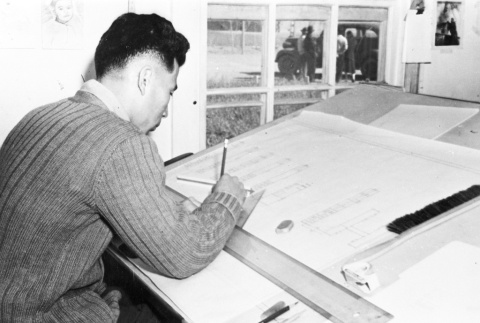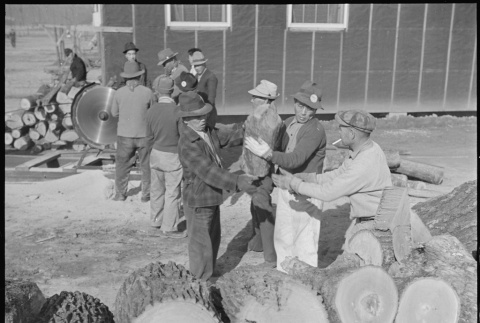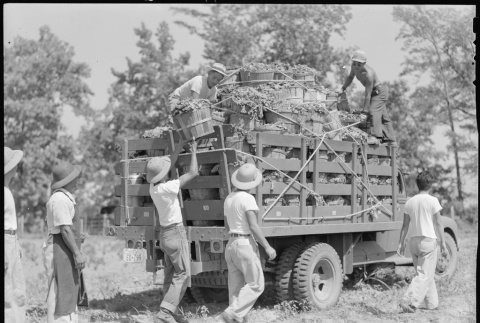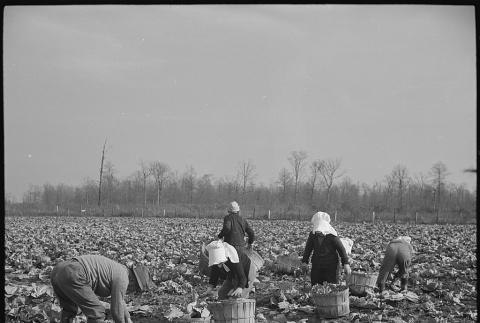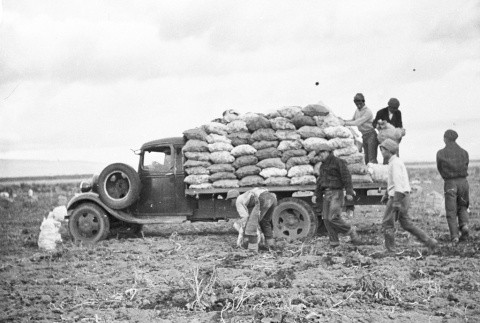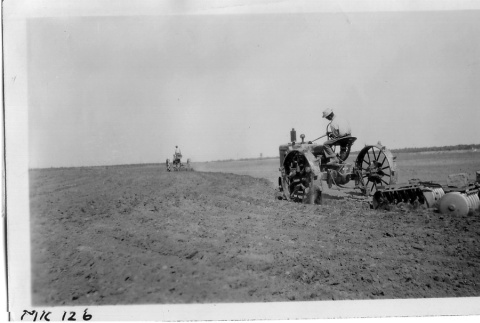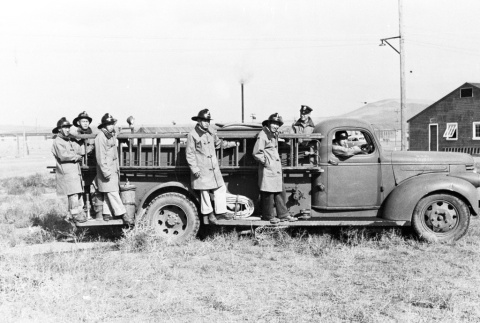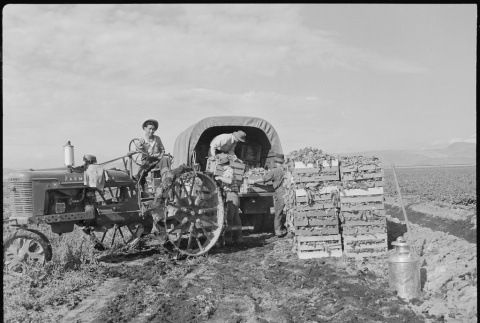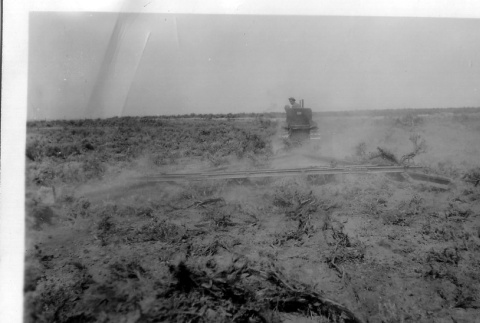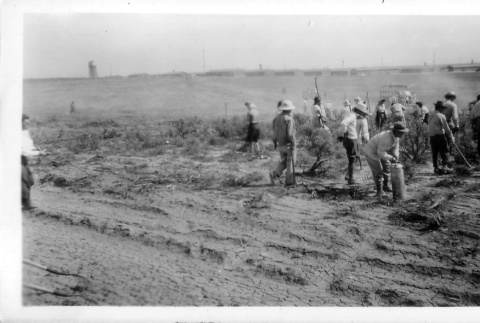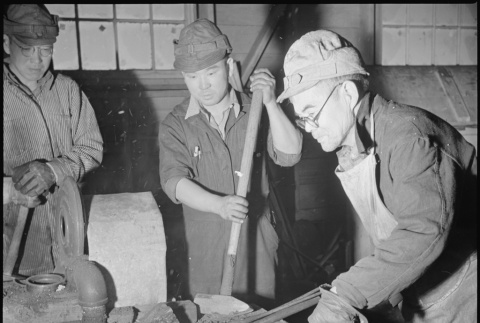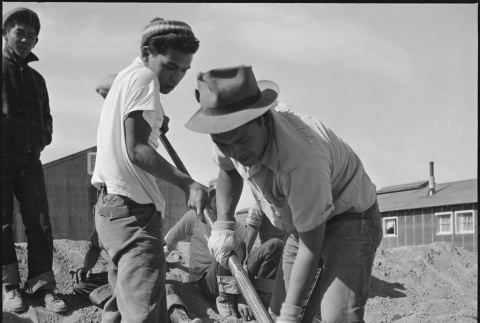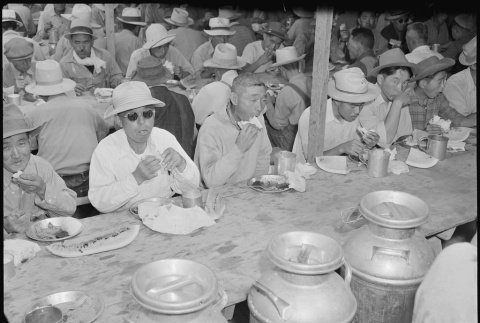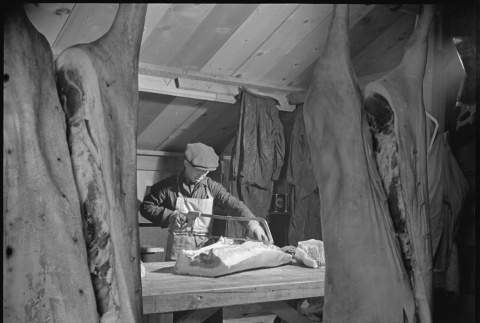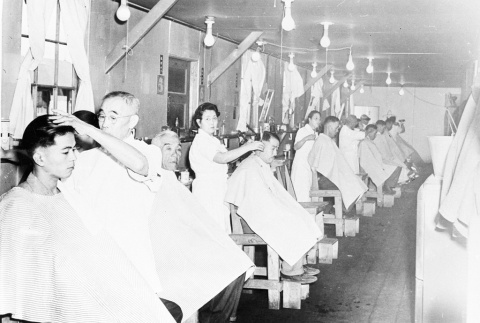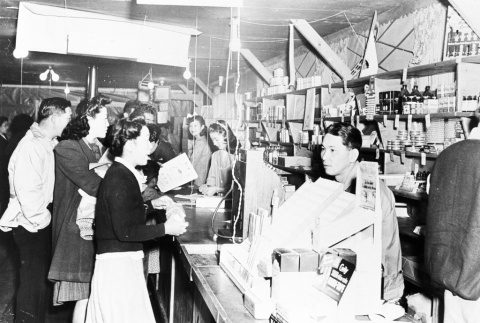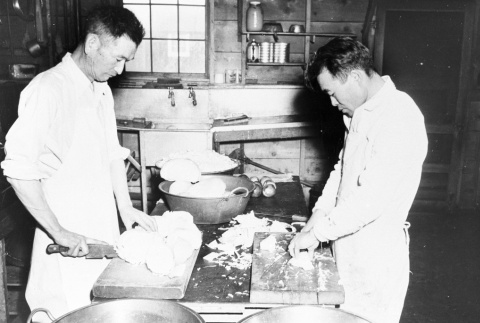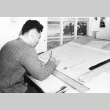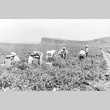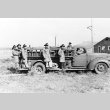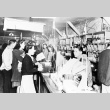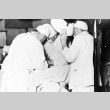Work and jobs
Both Issei and Nisei took jobs within the camps, at wages set not to exceed soldiers' pay: $12 per month for unskilled labor, $16 for skilled labor, and $19 for professional employees. WRA staff was paid much more for the same jobs. Though public opinion mandated such low pay, dissatisfied Japanese Americans objected to losing their right to make a decent living. They had to use their sparse income for necessities, such as warm clothing and shoes.
World War II
(231)
Concentration camps
(1434)
Work and jobs
(1359)
Related articles from the
Densho Encyclopedia :
Amache Silk Screen Shop
1359 items
1359 items

img
Japanese Americans harvesting corn (ddr-densho-37-711)
Original WRA caption: Harvesting the first corn crop at the Minidoka Relocation Center from fields which were covered with sagebrush last spring. Note the sleeves and the cloth and head cloth work by the evacuee woman on the left to protect her from the sun.

img
Japanese Americans cutting timber (ddr-densho-37-549)
Original WRA caption: Rohwer Relocation Center, McGehee, Arkansas. Much of the timber cleared from reclaimed farm lands is used for fuel to heat barracks homes. Cutting and chopping is done by volunteer workers enlisted by block managers, to provide fuel for each individual block. Each capable resident is expected to contribute his share of time to …
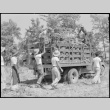
img
Japanese Americans harvesting mustard (ddr-densho-37-408)
Original WRA caption: Rohwer Relocation Center, McGehee, Arkansas. One of many truck loads of mustard being harvested by the residents of the Rohwer Relocation Center on the land cultivated by the evacuees.
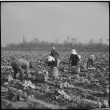
img
Japanese Americans harvesting cabbages (ddr-densho-37-807)
Original WRA caption: Jerome Relocation Center, Dermott, Arkansas. Cutting cabbages which have been left for winter harvest.
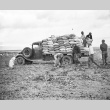
img
Farmers loading truck (ddr-densho-37-83)
Original WRA caption: Evacuee farmers loading a truck with recently dug potatoes at the farm at this relocation center.

img
Construction of an irrigation gate (ddr-densho-37-566)
Original WRA caption: Topaz, Utah. Vocational training class in farm construction gets some real action at the Topaz Relocation Center. Picture shows them getting practical class work in construction of irrigation gate.

img
Japanese Americans plowing a field (ddr-densho-37-704)
Original WRA caption: A tractor drawn disk breaks up soil of a new farm field from the sagebrush adjacent to the Minidoka Relocation Center.

img
Japanese Americans harvesting spinach (ddr-densho-37-316)
Original WRA caption: Trucking crated spinach from the fields to the packing shed. All vegetables which are not needed here are washed, iced and crated and sent to other relocation centers.
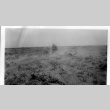
img
Japanese American clearing land (ddr-densho-37-707)
Original WRA caption: An evacuee drives a heavy tractor pulling a triangle of heavy railroad irons breaking off sagebrush. This is one of the methods of clearing off land of the sagebrush adjacent to the Minidoka Relocation Center.
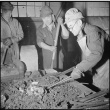
img
Japanese American blacksmith (ddr-densho-37-176)
Original WRA caption: Evacuee blacksmiths do all the blacksmith work necessary in the garage, at this relocation center.

img
Japanese Americans working on camp water mains (ddr-densho-37-556)
Original WRA caption: Topaz, Utah. Young volunteer workers, residents at the Topaz Relocation Center, completing the water mains.
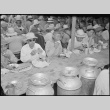
img
Japanese American farmers eating lunch (ddr-densho-37-363)
Original WRA caption: A view in the lunch shed at the farm. Trucks from the kitchens bring hot lunches to the workers.

img
Two Japanese American farmers (ddr-densho-37-85)
Original WRA caption: Two women of Japanese ancestry pause from their potatoe harvesting to pose for this picture.
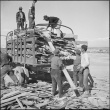
img
Japanese American workers loading scrap lumber (ddr-densho-37-555)
Original WRA caption: Topaz, Utah. A group of volunteer workers at the Topaz Relocation Center gathering a truck load of scrap lumber from the contractor's scrap pile.

img
Butcher house (ddr-densho-37-347)
Original WRA caption: A view in the slaughter house and butcher shop. Hogs, which are grown in the evacuee run hog farm, are slaughtered here, for consumption by the residents of the center.
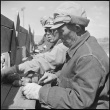
img
Japanese Americans cutting seed potatoes (ddr-densho-37-353)
Original WRA caption: Seed potato cutting at the cutting sheds of the Tule Lake Relocation Center farm. 7,500 sacks of potatoes will be cut by 48 workers in 2-1/2 weeks. This will be enough seeds to plant the 600 acres.
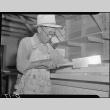
img
Japanese American carpenter (ddr-densho-37-383)
Original WRA caption: Tule Lake Relocation Center, Newell, California. Cabinet worker's saw is expertly used by Jime Kabayashi, 62, on the interior construction of general store Number 2 at this War Relocation Authority center for evacuees of Japanese descent. Jime, prior to evacuation, had resided in Sacramento for 24 years and has been a carpenter for …

